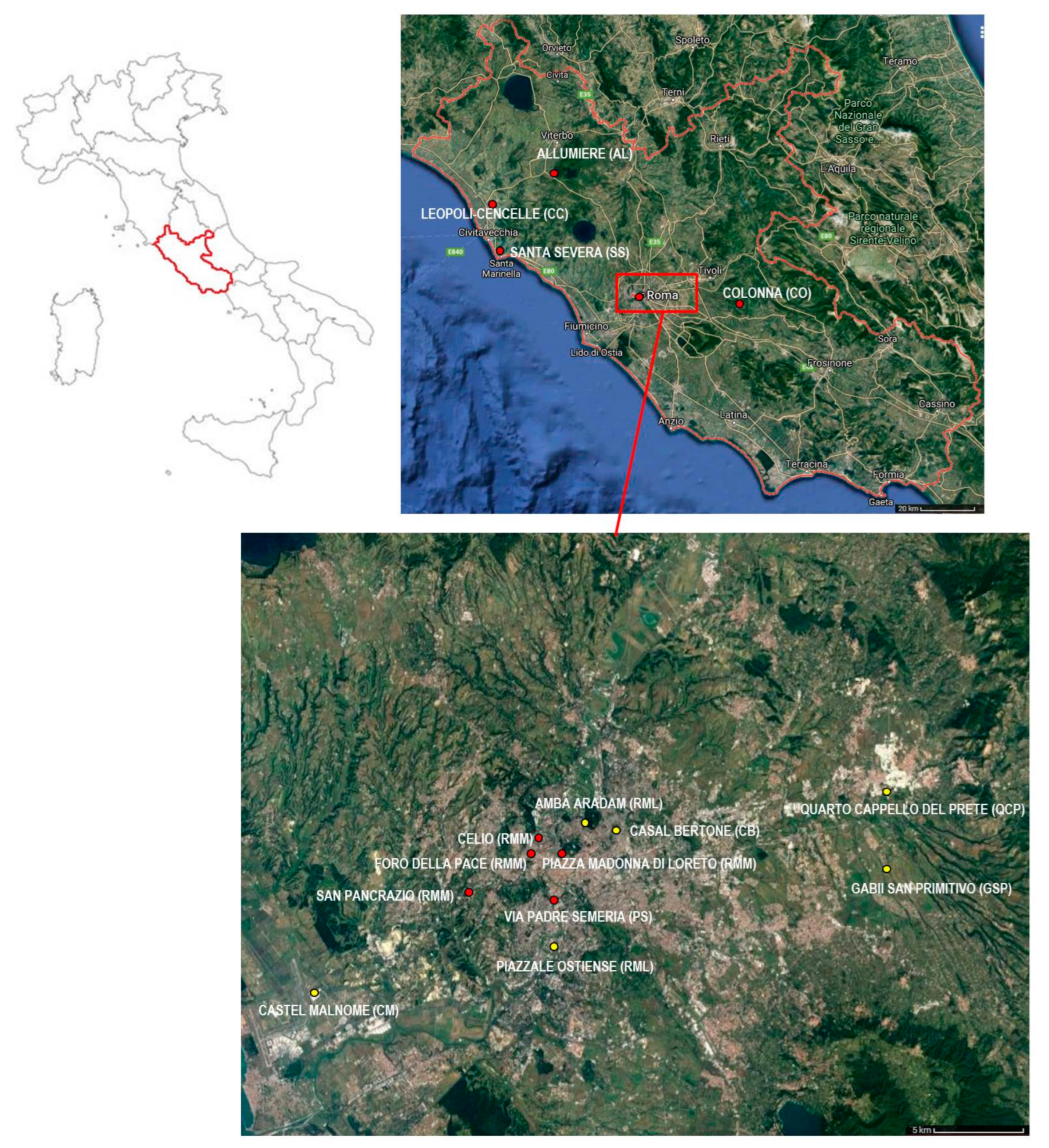

According to Plato, the four elements are derived from a common source or prima materia (first matter), associated with chaos. Alchemists later used the classical elements, the concept of anima mundi, and Creation stories presented in texts like Plato's Timaeus as analogies for their process. The theoretical roots outlining the stone’s creation can be traced to Greek philosophy. The legend of the stone was also compared to the biblical history of the Temple of Solomon and the rejected cornerstone described in Psalm 118. This knowledge was said to be passed down through biblical patriarchs, giving them their longevity. Elias Ashmole and the anonymous author of Gloria Mundi (1620) claim that its history goes back to Adam who acquired the knowledge of the stone directly from God.

Alchemical writers assign a longer history. The earliest known written mention of the philosopher's stone is in the Cheirokmeta by Zosimos of Panopolis (c. Efforts to discover the philosopher's stone were known as the Magnum Opus ('Great Work'). The philosopher's stone was the central symbol of the mystical terminology of alchemy, symbolizing perfection at its finest, enlightenment, and heavenly bliss. It is also called the elixir of life, useful for rejuvenation and for achieving immortality for many centuries, it was the most sought goal in alchemy. The philosopher's stone, more properly philosophers' stone or stone of the philosophers (Latin: lapis philosophorum) is a legendary alchemical substance capable of turning base metals such as mercury into gold ( chrysopoeia, from the Greek χρυσός khrusos, 'gold', and ποιεῖν poiēin, 'to make') or silver. The Alchymist, in Search of the Philosopher's Stone by Joseph Wright of Derby, 1771.


 0 kommentar(er)
0 kommentar(er)
